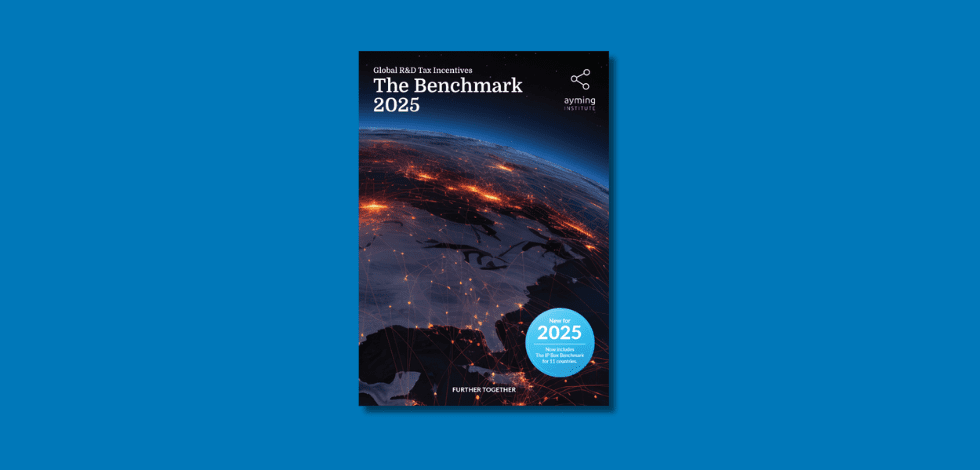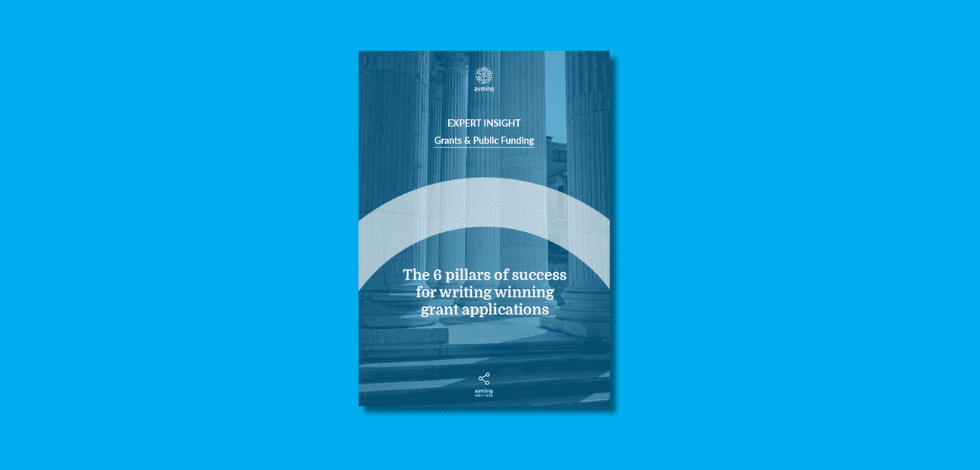The second phase of Making Tax Digital (MTD) will become effective as of 1st April 2021 and businesses that are required to be signed up for MTD need to be prepared or face the consequences.
Background
MTD is HMRC’s initiative to improve the overall quality of VAT submissions in an effort help reduce customer submission errors and the respective administrative burden that is imposed on HMRC in identifying and correcting such mistakes. This initiative is currently only applicable to businesses with a taxable turnover of £85,000 or more, but will become mandatory for all UK VAT registered businesses from 1st April 2022.
What is the second phase of Making Tax Digital?
Businesses that were already over the £85,000 threshold, and therefore required to be signed up for MTD, now have to be sure that digital links are in place. HMRC can now request evidence should they suspect that there is any manual interference in the submission of the return and customers must now comply or face a potential penalty.
What does this mean for businesses who are already, or are required to be, signed up for Making Tax Digital?
Since MTD was implemented and businesses were required to submit their returns via MTD compatible software, HMRC has allowed for a period of adaptation in terms of MTD compliance. This period is now coming to a close and so customers must be ready to answer to the UK tax authorities should they come requesting evidence of digital links between customer’s accounting software and their respective return submission uploaded to HMRC’s systems.
What are the Making Tax Digital solutions available?
Businesses should already be familiarised with the new method of submitting via MTD by one of two methods; adapting their existing ERP system with a bespoke ‘plug-in’ solution provided by the software developer or, if they keep records in excel spreadsheets, via one of the numerous HMRC approved bridging software solutions.
Major ERP software providers have their own in-house solutions to MTD which allow businesses to prepare and upload their VAT returns directly to HMRC without the aid of any third party software. However, many businesses are accustomed to preparing their returns by first creating an excel-based report, particularly for those who use a representative or VAT agent to submit returns on their behalf.
How are digital links defined?
Firstly it is important to note that VAT records must first be kept digitally, either by using ERP software that can connect to HMRC systems or by using spreadsheets, linking to HMRC via approved bridging software.
Digital links might seem self-descriptive but it is important to distinguish what HMRC will accept in terms of manually modifying records.
Where separate records are kept (for example two VAT output reports from different systems) entering a cell reference or a formula to link the data would be considered a digital link. Copy and pasting data, including entire worksheets, will no longer be acceptable though, so it will become essential to carefully review how VAT reports are prepared, especially if they come from multiple sources.
Be attentive, however, since despite being ‘digitally linked’ it is entirely possible for the wrong figures to be referenced, which then would constitute an error and could result in a penalty. Incorrect formulas or macros will also not be tolerated as the resulting digital audit trail would essentially be broken.
Where data has to passed to a submission agent, HMRC accepts the electronic transfer of data as a digital link, being part of a digital audit trail that links the final upload to the source data. This includes email, FTP and, perhaps surprisingly, even putting records on a portable digital storage device.
Are there any exceptions?
If you are installing or upgrading your systems to accommodate digital links, or moving from legacy systems and can provide evidence of this to HMRC, you can request an extension until October 2021. Similarly, you can also make an application to postpone if you have taken over a business and need to make changes or improvements to comply with MTD rules.
Not only can Ayming immediately provide a submission solution for you but we can help guide you to achieve the full digital journey that HMRC will require in order to comply with the new mandatory requirements for MTD.
Author: Rhyl Jones, VAT Consultant, Ayming Spain













No Comments